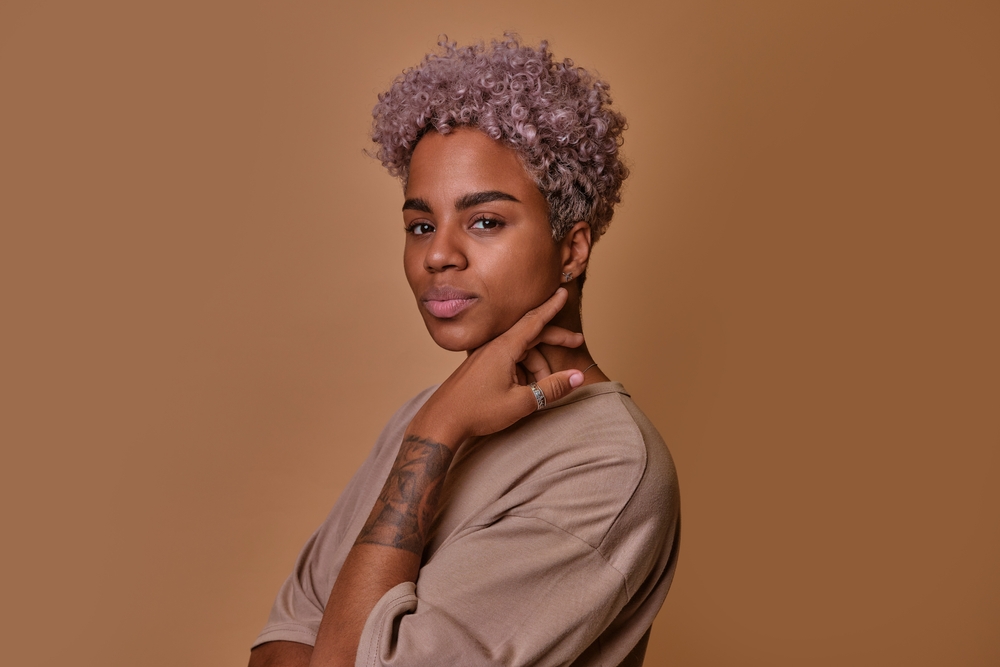For over 40 centuries, the history of African body art – tattoos especially – has been a beautifully evocative way to express beliefs, experiences and identities. Often used as a system to cure disease, protect against evil spirits or show affiliation towards certain groups and tribes, the practice brims with powerful stories and prominent symbolism. The deeper you look, the more intriguing it becomes.
Scientists believe the oldest tattoo ever found was created in ancient Egypt at around 2000 BCE. It belonged to an Egyptian mummy who happened to be female. She was an inhabitant of Deir el-Medina, currently an archeological site, once home to craftsmen and artisans of Thebes who built and decorated the royal tombs in the nearby Valley of the Kings and Valley of the Queens. They say she was also a member of a group of extensively tattooed young women who were key religious practitioners in their communities.
Their tattoos were those of healing and protection.
As with most things, colonization would breach the creative and social freedoms of non-westernized traditions of body etching. Consequently, tattoos lost their reverence – they were perceived as heinous and barbaric. Their popularity would return around the mid-19th century, but during that time, tattooing on darker skin became undesirable for artists to do. They preferred to mostly work with white male sailors and soldiers, rendering symbols of pinup girls, sparrows and sailboats.
Today, tattoos are widely recognized and accepted in almost all professional and social spaces, but despite their deep African roots, people of color are continually marginalized and excluded within the Western tattoo culture. When tattoo artists finish their training (the education primarily focuses on brighter-toned complexions), most limit themselves to tattooing light skin. They believe it best showcases their work and affords the ability to see every detail, so they go as far as lightening portfolio images and turning people away, preserving myths about why tattooing on darker skin is problematic.
These discriminating practices have created an industry that is overwhelmingly dominated by whites and those with light skin, but Tann Parker, founder of Ink the Diaspora (a tremendously helpful Instagram platform on how to navigate the exclusionary and racist tattoo industry), is changing that.
Parker, a Brooklyn-based artist and consultant (who uses they/them pronouns) launched the social network in 2017 when they saw a great need to cultivate what is now one of the largest communities for “tattoo collectors” interested in the art of tattooing on Black and brown skin. It centers around the significance of being seen: important information on locating artists who are skilled and accustomed to working on darker-hued complexions, where to find educational tools, and events that focus on eradicating exclusion, like the virtual panel titled It Cuts Deep: Understanding Colorism as a Weapon in Tattooing.
Prior to brainstorming and rolling out Ink the Diaspora, Parker immersed themselves in tattooing’s history for communities of color, which stirred up feelings about their own personal connections with body modification. While the desire to get new tattoos for many people after receiving their first is inevitable, so is the insular nature of the tattoo industry. In the United States, it is notoriously controlled by cisgender, heterosexual white men who aren’t always noted for promoting comfortable spaces for those who don’t look like them. In Parker’s experience, not only is it common to see people with only white and light skin when viewing an artist’s portfolio, but connecting with one on a creative level who understands and honors various lifestyles and body types (the industry typically features slimmer physiques) – and who is proficient in tattooing on medium to deep skin is nearly impossible to find in certain parts of the country.
Although the industry has evolved from a back-alley activity to a global, multi-billion-dollar entity, complete with studios that look more like art galleries than the dive-like sitting rooms gone past, its environment remains the same. For a nonbinary, dark-skinned Black person, Parker has experienced their fair share of encounters with unprofessional tattoo artists who maintain racist misconceptions about the difficulties of working with dark skin, those often backed by mainstream media: it’s prone to scarring and keloids, doesn’t take color well or the artwork becomes less detailed.
However, through Ink the Diaspora, they challenge the notion that darker skin isn’t the issue; it’s artists’ lack of exposure to people of all skin tones. They encourage artists to become full-rounded creators who won’t discriminate against individuals with features that don’t fit the “ideal tattoo canvas” – and to understand that different types of skin will require different attention to detail, color and size. The platform is flooded with stunning posts of tattoos executed on darker skin tones, proving it is possible to present vibrant color and detail on Black and brown bodies.
Parker is the mastermind behind the site, but the community plays an equal part in framing what is shown on its feed, something they greatly encourage in order to gauge what their users might need going forward.
“Community has a purpose, whether it’s protecting one another or coming together in terms of nourishment,” they shared in an interview with Allure. “It always serves others and not just ourselves.”








